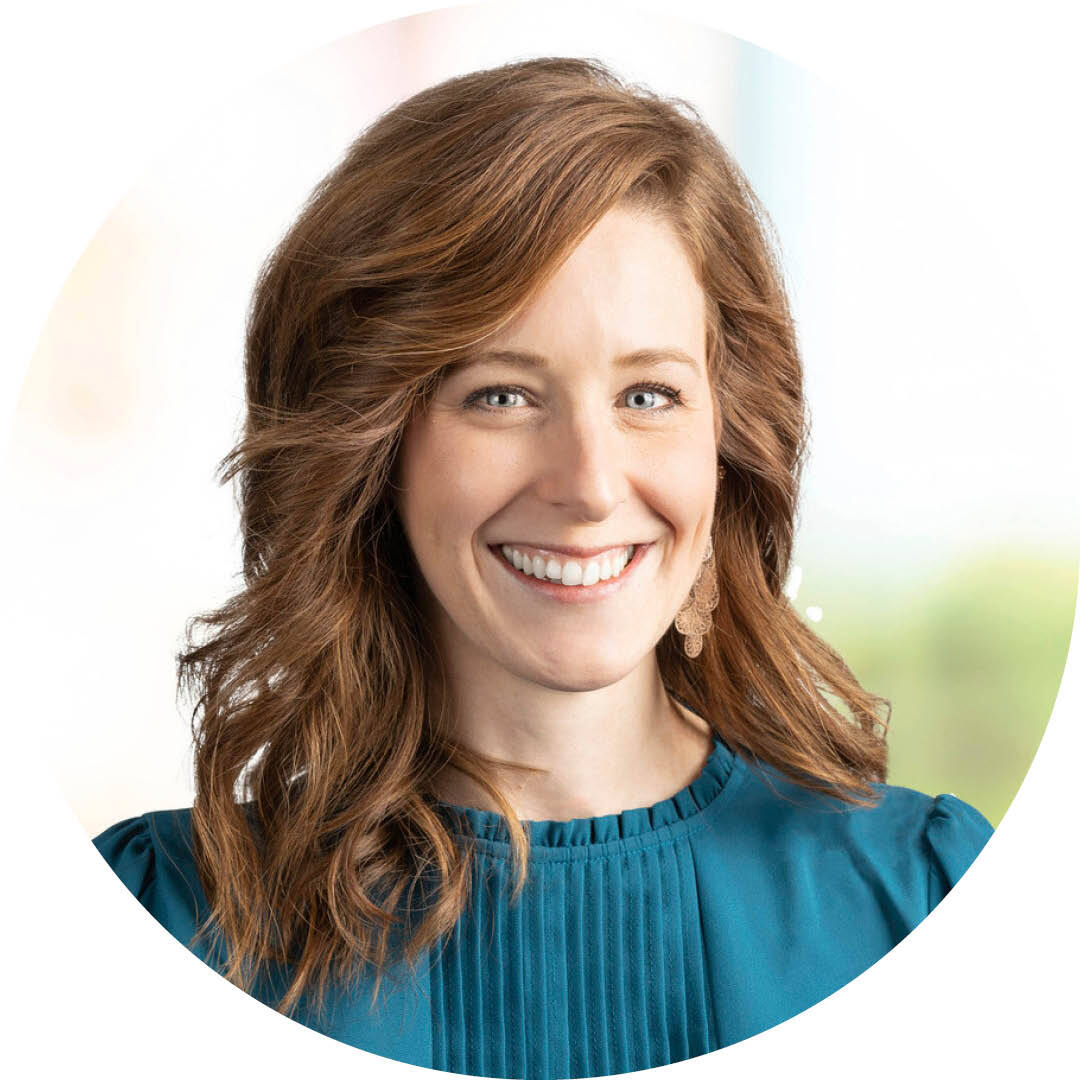Quality interior design can be defined as the finished product of a properly balanced environment.
It’s the art of unifying the visual aspects of an interior space with its architecture to create a designed solution that is favorable to both the mind and body, and equally supportive of all desired activities.
Professional interior designers can be defined as detail-oriented problem solvers with a mission to advance human health within an interior setting. Qualified by education and enhanced by experience, these skilled creatives are hard-wired to make design decisions that positively impact the health, safety and welfare of all occupants.
What’s the secret to their special sauce?
An interior designer’s technical expertise goes well beyond the aesthetic appearance of a space. To appropriately conceive environments that are secure, comfortable and fruitful, designers spend years developing an acute design knowledge related to people’s health, which includes a deep understanding of things like ergonomics, material selections, building codes, indoor air quality, lighting and acoustics—just to name a few.
The intricacies of these elements (and many others) are widely complex and often unimaginable by most people. Thankfully, our designers aren’t “most people.”

Courtney Ter-Velde, NCIDQ, LEED GA | Senior Interior Designer
A tasteful take on ergonomics
“We apply ergonomic principles to every single design because they are the foundation for physical comfort and spatial relationships,” said Ter-Velde. “Ergonomics is all about designing for people and making sure the spaces they occupy are comfortable and highly functional. For example, the way a person’s physical form responds to a chair, and the way that chair fits into its surroundings, these interactions will directly impact how well a person feels and operates in a space. Our priority is to design and specify based on the human body’s ability to move and perform with ease and efficiency.”

Carly Owczarczak, CID, LEED AP, WELL AP | Senior Interior Designer
A strict recipe to select healthy materials
“For our projects, selecting safe and healthy materials is the only acceptable choice we allow ourselves to make; but to make those choices, we have to pay close attention to things that might not be obvious to most people,” explained Owczarczak. “For instance, it’s common practice for us to look into whether materials are free of VOCs (Volatile Organic Compounds), so that we can limit potential off-gassing, which can heavily impact indoor air quality. We see it as our duty to protect people from getting illnesses like sick building syndrome (SBS) and that responsibility starts with making smart material sections.”

Molly Livingstone, CID, LEED AP | Senior Interior Designer
A strong appetite to leverage lighting
“Lighting is one of the most fundamental elements of a space, but it’s also one of the most complicated, simply because of how it can directly impact a person’s emotions,” said Livingstone. “The right light can elevate spirits and inspire productivity. The wrong light can dampen moods and counteract an intended design’s purpose. One of the most important internal design collaborations we have is with our electrical engineers to ensure proper lighting solutions that will yield the best desired result. Whether it’s to reduce eyestrain and fatigue in an office space, promote inspiration and productivity in a classroom, or evoke peace and healing in a hospital setting, the knowledge, coordination, and intentional selections are what ultimately contribute to a comprehensive, strategic interior lighting design.”
According to the Environmental Protection Agency, the average American spends about 90 percent of their time indoors. This fact alone underscores the monumental job that interior designers have on their plates.
They are tasked with supporting people’s soundness of body and mind; protecting their physical, mental and emotional well-being; preventing illnesses, injuries or pain; sparking joy and productivity; and promoting comfort and functionality—all through aesthetically pleasing designs.
It’s a complex recipe that simply cannot be cooked properly without them.

